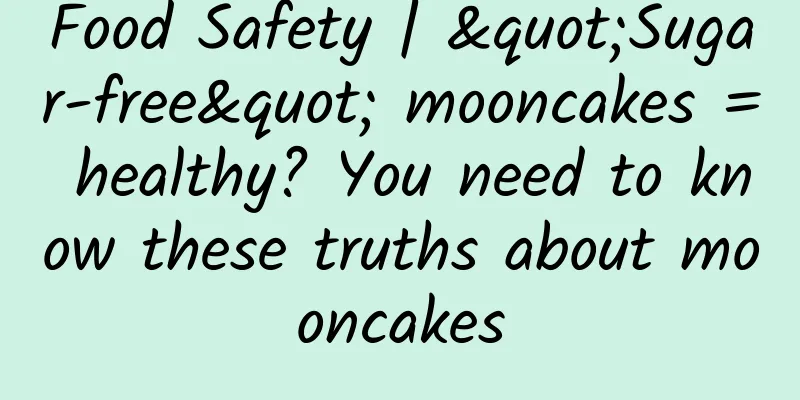What is the difference between uterine fibroids and uterine cysts?

|
Uterine fibroids and uterine cysts are actually common benign tumors, but there are certain differences between the two, so we need to distinguish and understand them through their symptoms, so that we can identify the symptoms of these diseases in a timely manner. (1) Uterine bleeding is the most common symptom of uterine fibroids, occurring in more than half of patients. Among them, cyclical bleeding is the most common, which can manifest as increased menstrual volume, prolonged menstrual period or shortened cycle. It may also present as irregular vaginal bleeding that is not related to the menstrual cycle. Uterine bleeding is more common with submucosal fibroids and intramural fibroids, while subserosal fibroids rarely cause uterine bleeding. (2) Abdominal masses and compression symptoms When the fibroids gradually grow and cause the uterus to enlarge to more than the size of a 3-month pregnant uterus or become a large subserosal fibroid located at the fundus of the uterus, a mass can often be felt in the abdomen, which is more obvious in the early morning when the bladder is full. The mass was solid, movable, and non-tender. When the fibroids grow to a certain size, they can cause compression symptoms of surrounding organs. Fibroids on the anterior wall of the uterus close to the bladder can cause frequent urination and urgency; giant cervical fibroids compressing the bladder can cause difficulty in urination or even urinary retention; fibroids on the posterior wall of the uterus, especially those in the isthmus or posterior lip of the cervix, can compress the rectum, causing difficulty in defecation and discomfort after defecation; giant broad ligament fibroids can compress the ureter and even cause hydronephrosis. (3) Pain: Uterine fibroids generally do not cause pain, but many patients may complain of a feeling of heaviness in the lower abdomen and pain in the waist and back. When the pedicle of subserosal fibroids is twisted or uterine fibroids undergo red degeneration, acute abdominal pain may occur. It is not uncommon for fibroids to be combined with endometriosis or adenomyosis, which may cause dysmenorrhea. (4) Increased vaginal discharge. Enlargement of the uterine cavity, increase in endometrial glands, and pelvic congestion can cause increased vaginal discharge. When submucosal fibroids of the uterus or cervix ulcerate, become infected, or necrotic, bloody or purulent leucorrhea will be produced. |
<<: What are the signs of ectopic pregnancy? We must learn to make correct judgments in the future
>>: What are the dietary taboos for uterine fibroids?
Recommend
How to judge whether the ovaries are healthy?
The ovary is a very important organ for women. It...
Standard value of gestational sac size at 6 weeks of pregnancy
Friends may all know that in the early stages of ...
Treatment for hard stomach at night in pregnant women
I believe that all of us have experienced the pro...
A chart to understand | Action plan to eliminate the public health hazard of hepatitis C (2021-2030)
Source: China CDC News...
Why do my buttocks become more concave the more I exercise? Do I need to exercise my buttocks muscles every day?
The buttocks muscles are also a part of the muscl...
How long is it normal to delay your period?
The phenomenon of delayed menstruation is a probl...
Woman, your relatives often lie to you like this
Menstruation, also known as "period", i...
What are the benefits of drinking chrysanthemum tea? Why does chrysanthemum tea turn green after brewing?
If you have some free time on the weekend, you ca...
What causes dark menstrual color?
Generally speaking, before menopause, women usual...
What is vaginal flatus?
Awkward things often happen during sex. The inexp...
There are several types of breast tumors
Healthy breast tumors are generally not serious, ...
How do girls know their ovulation period?
According to research from York University in Tor...
Normal range of cervical cell DNA
Cells are an important part of our body. Cells in...
What is the reason for menstruation after menstruation
Women are originally a vulnerable group in this s...
What are the symptoms of blocked fallopian tubes in women?
Fallopian tube blockage has destroyed the hopes o...








![[Popular Science] If you have the flu, does drinking electrolyte water help?](/upload/images/67f1705b3a0a2.webp)
